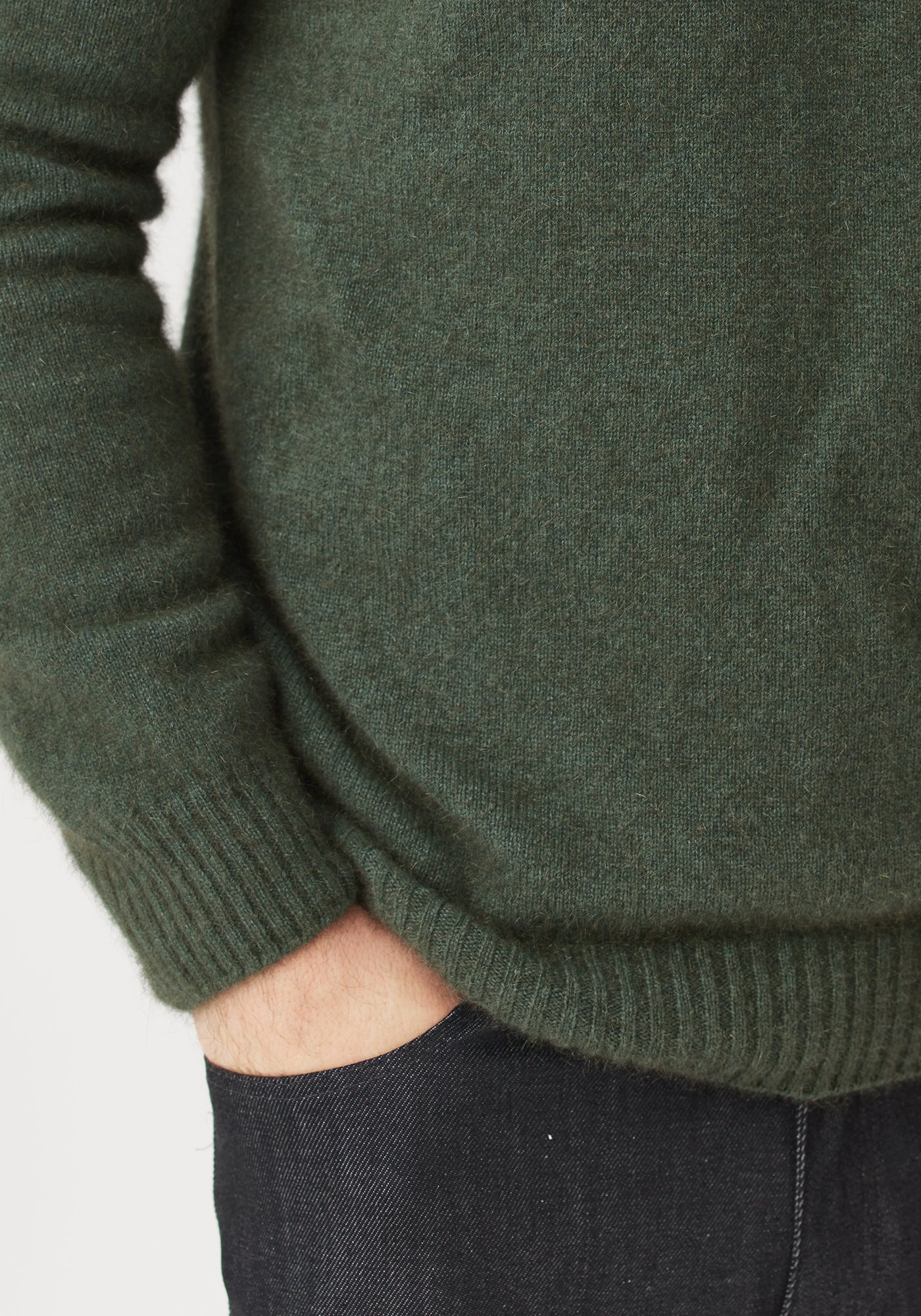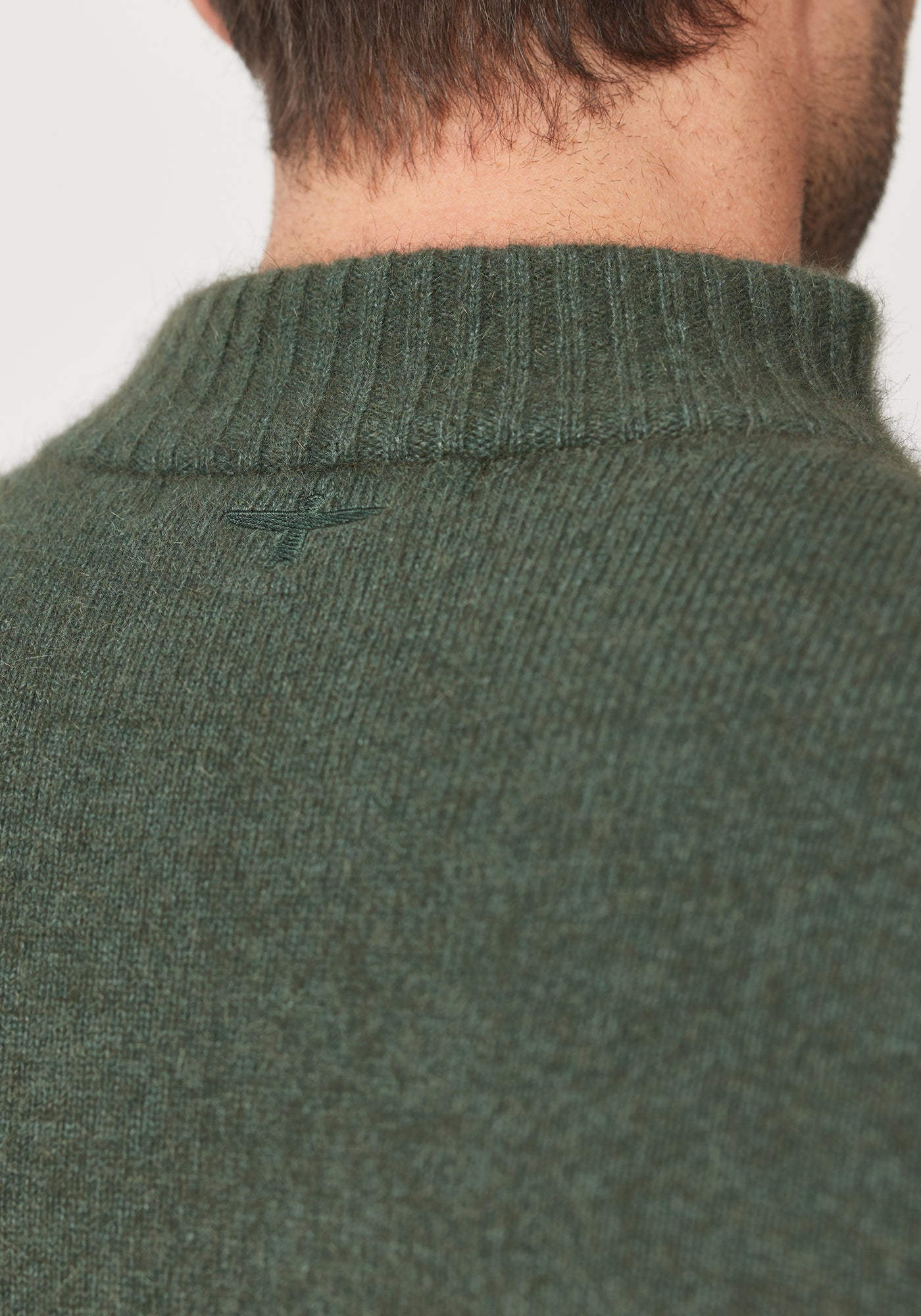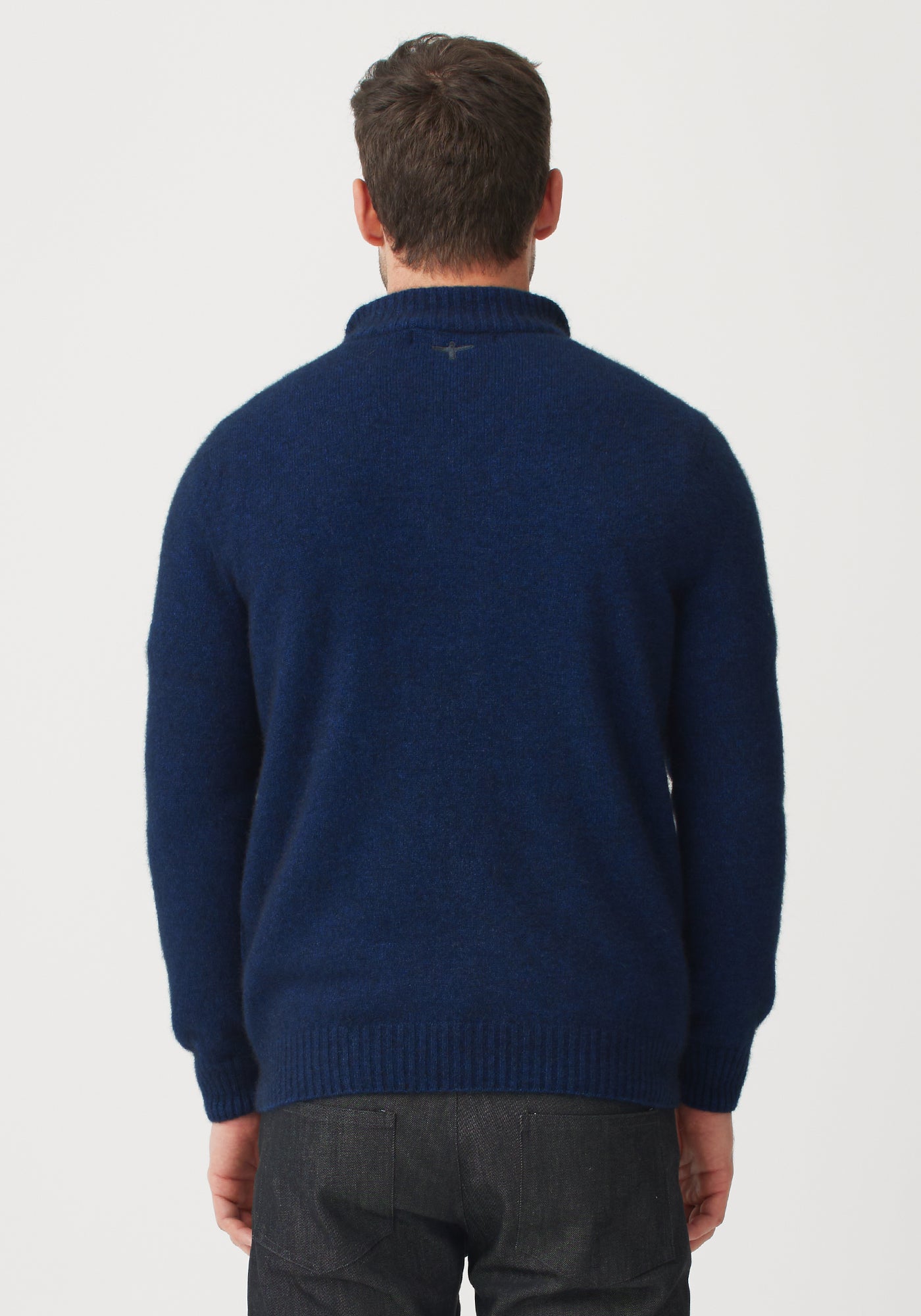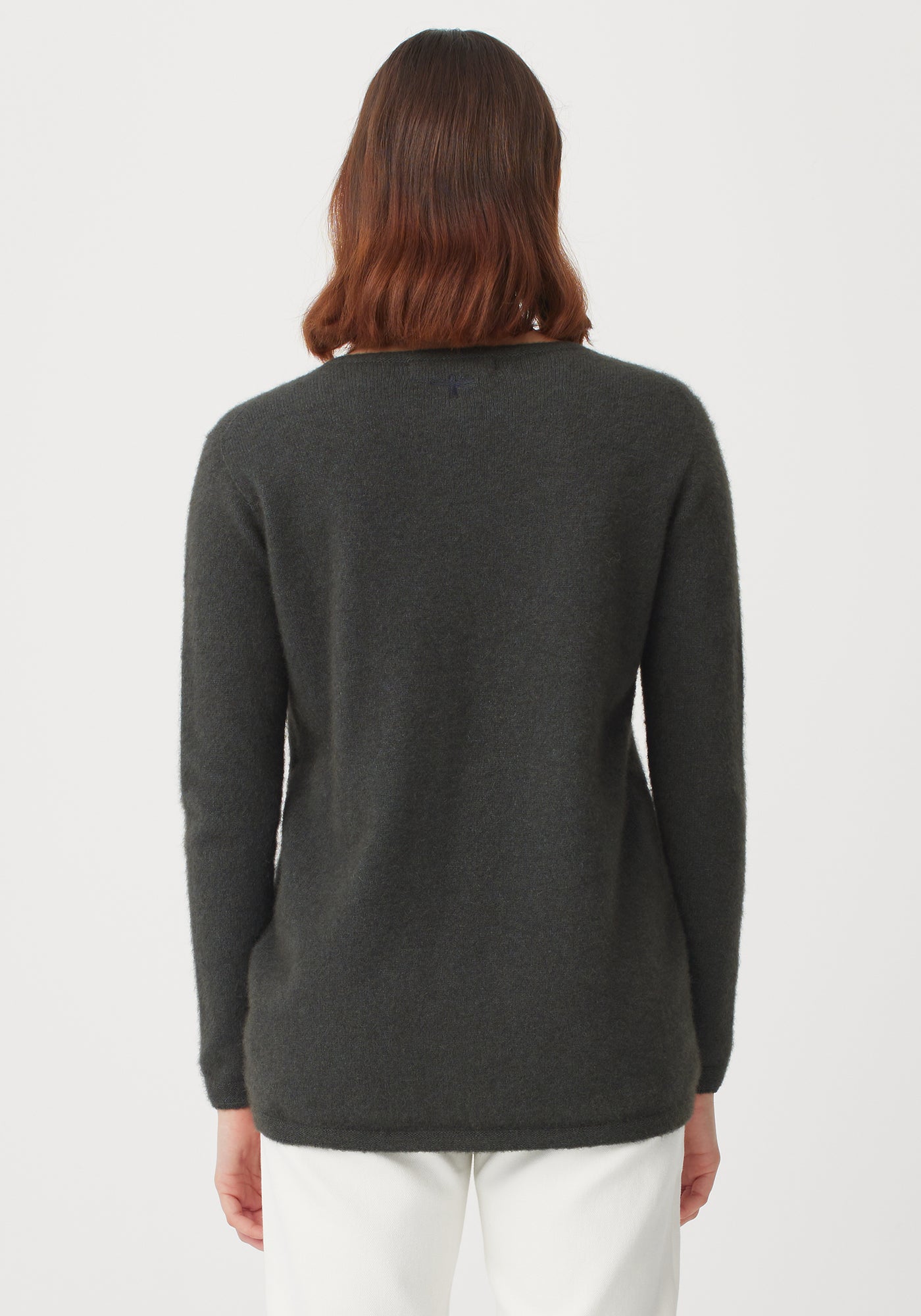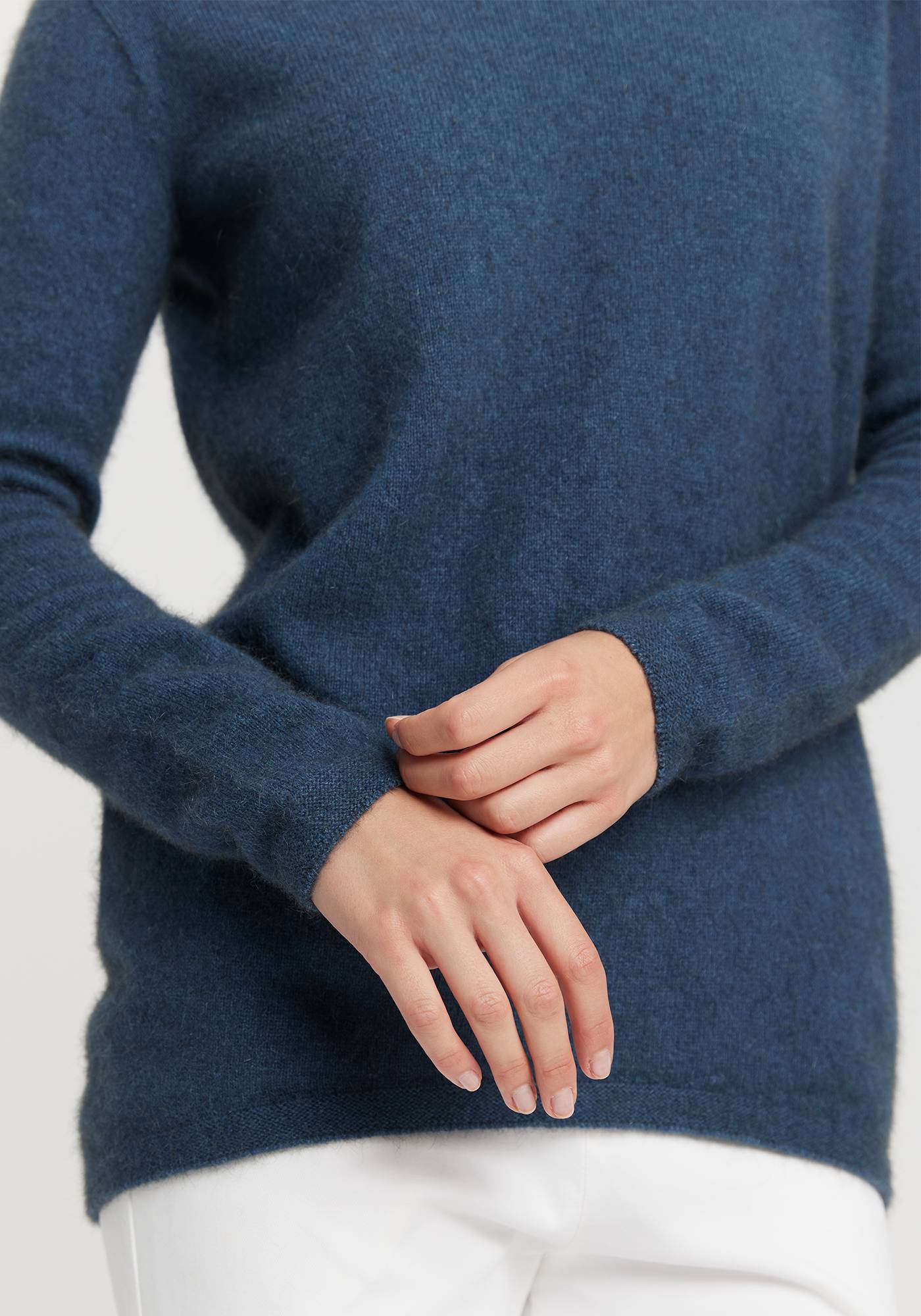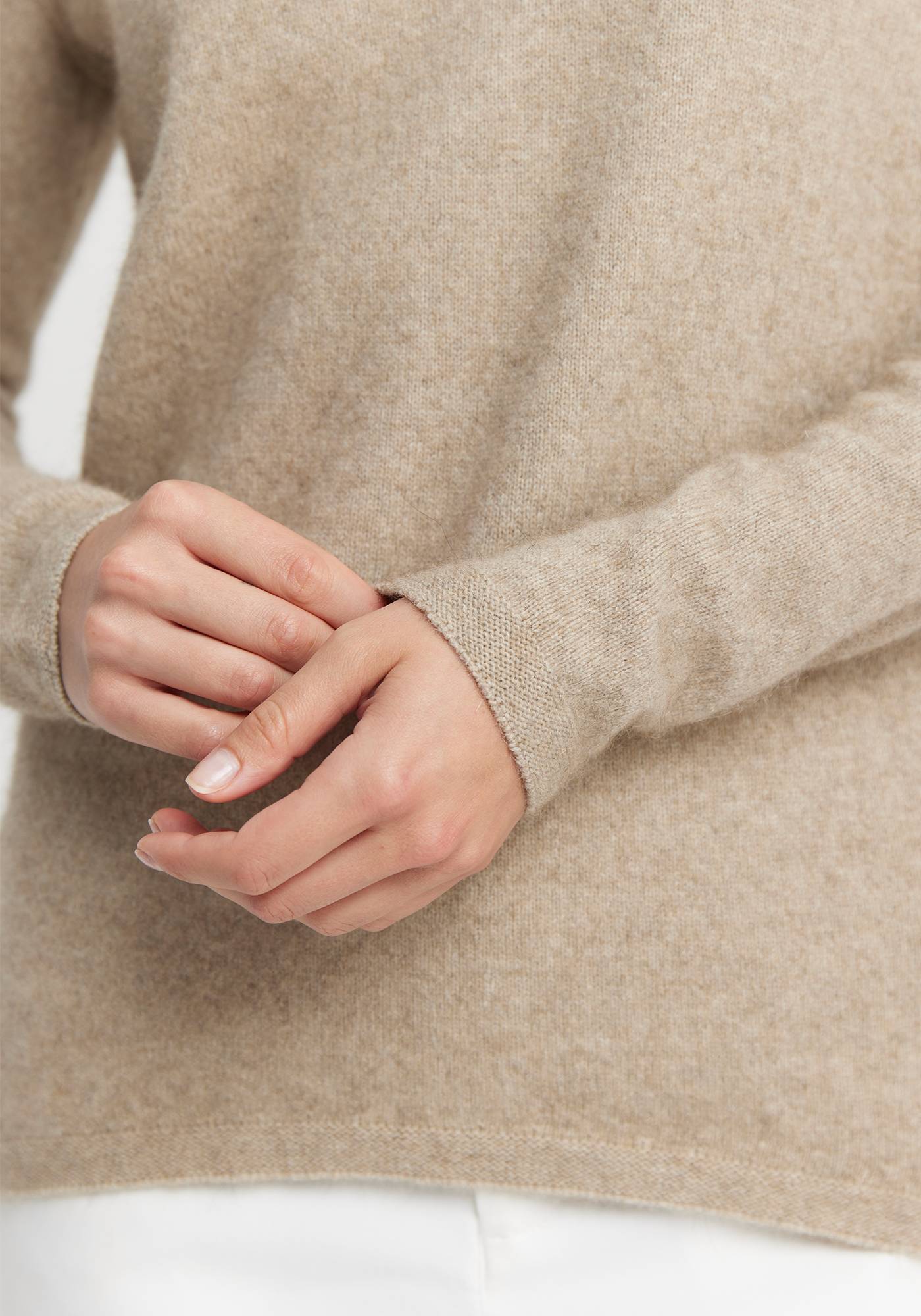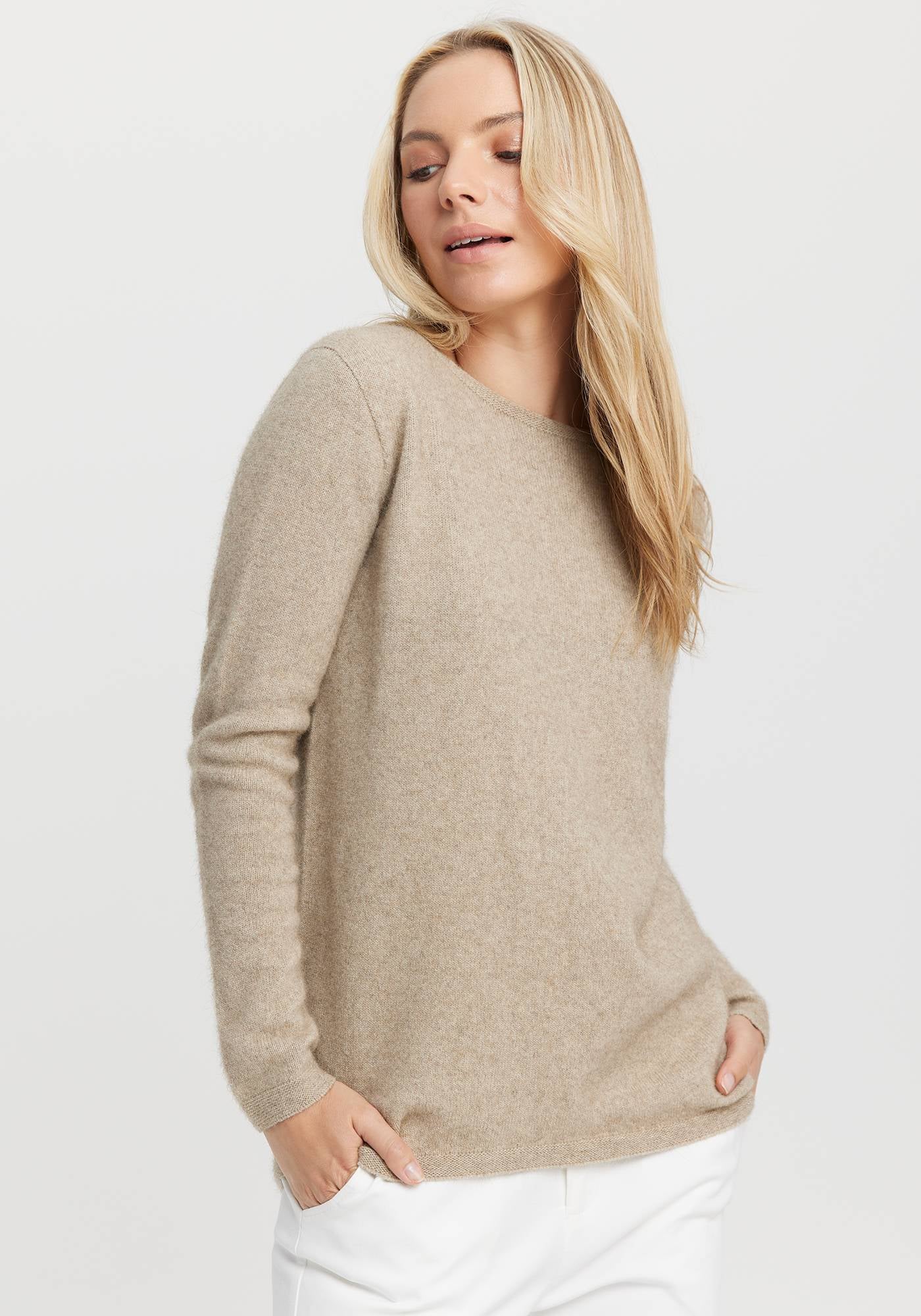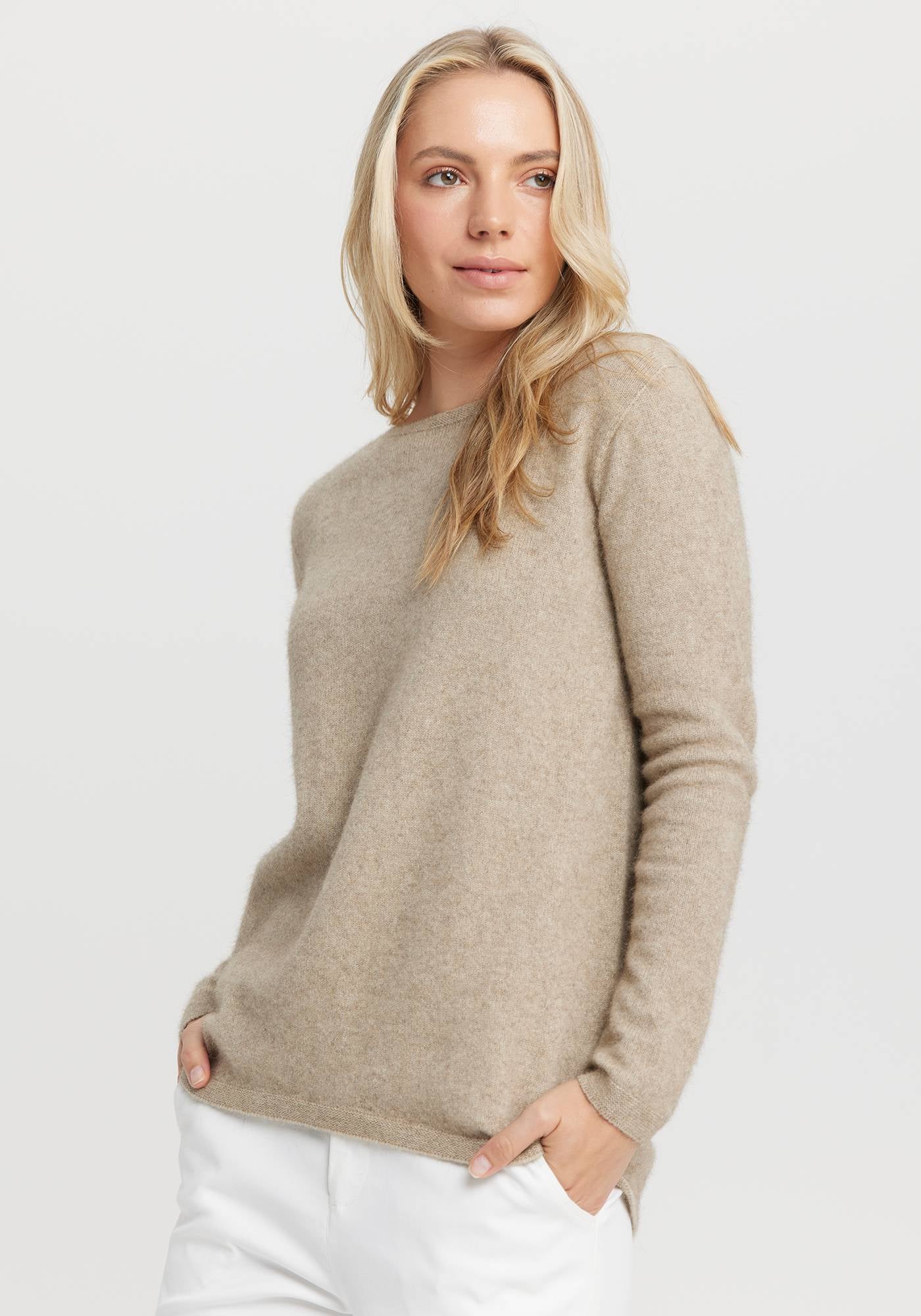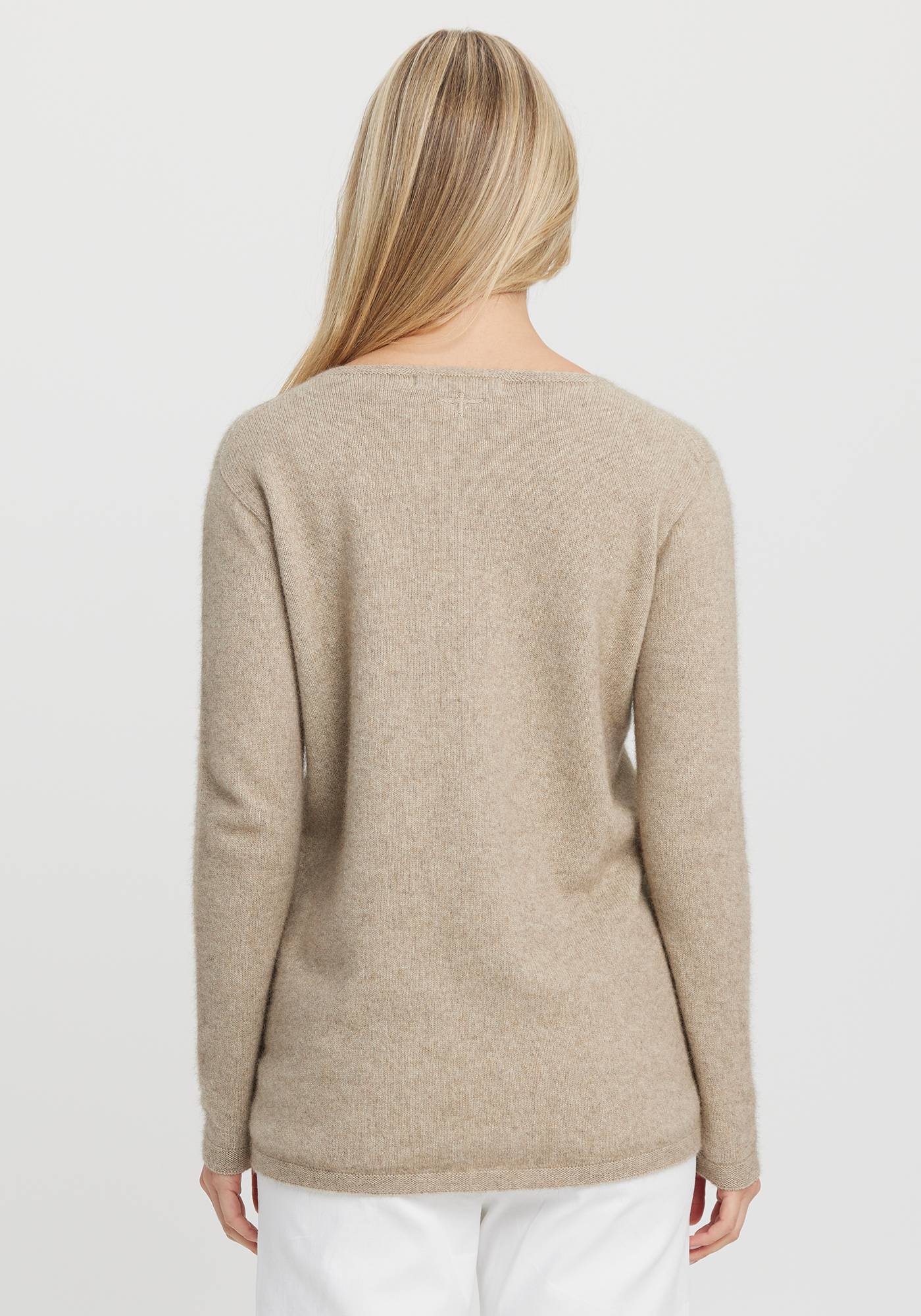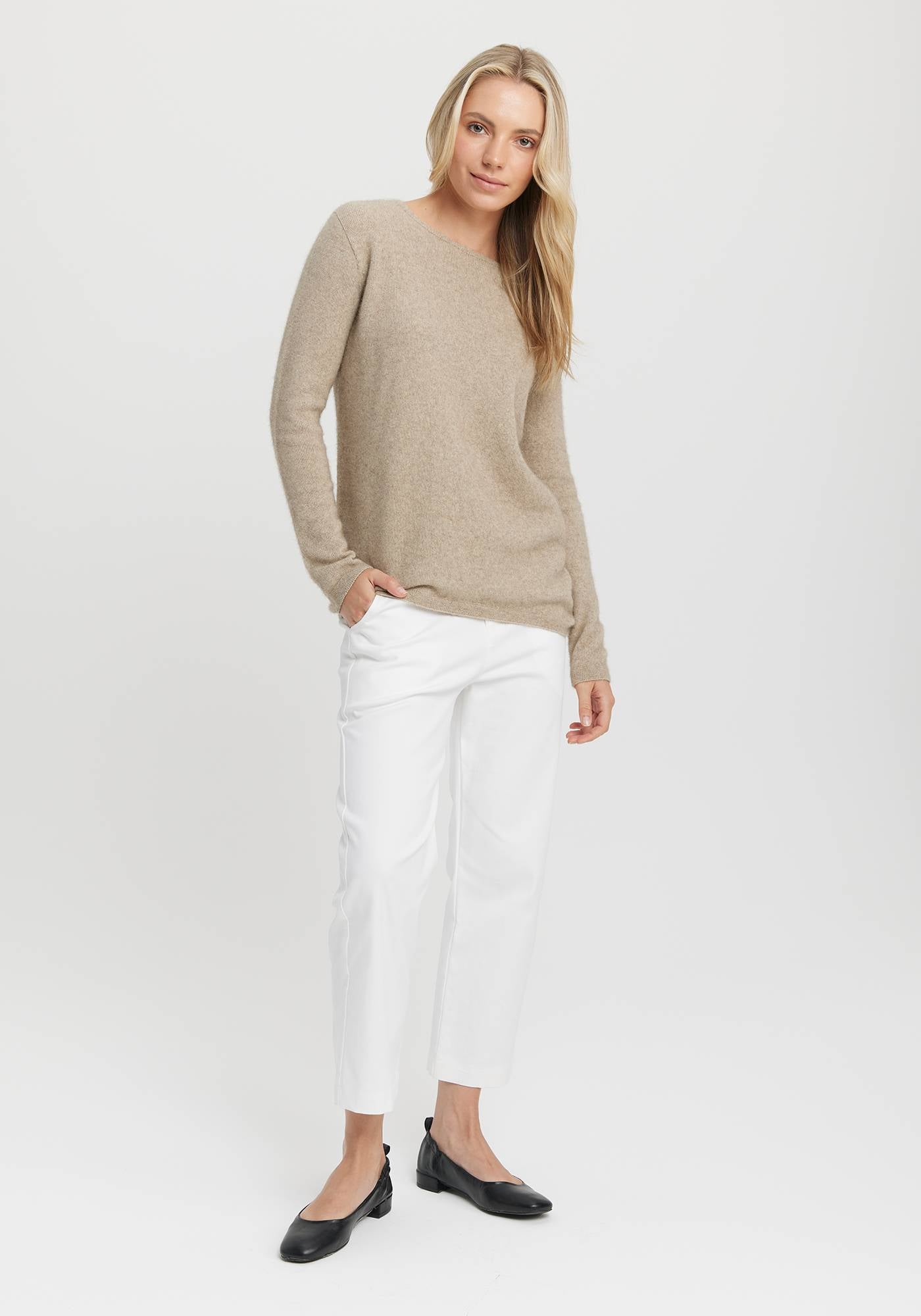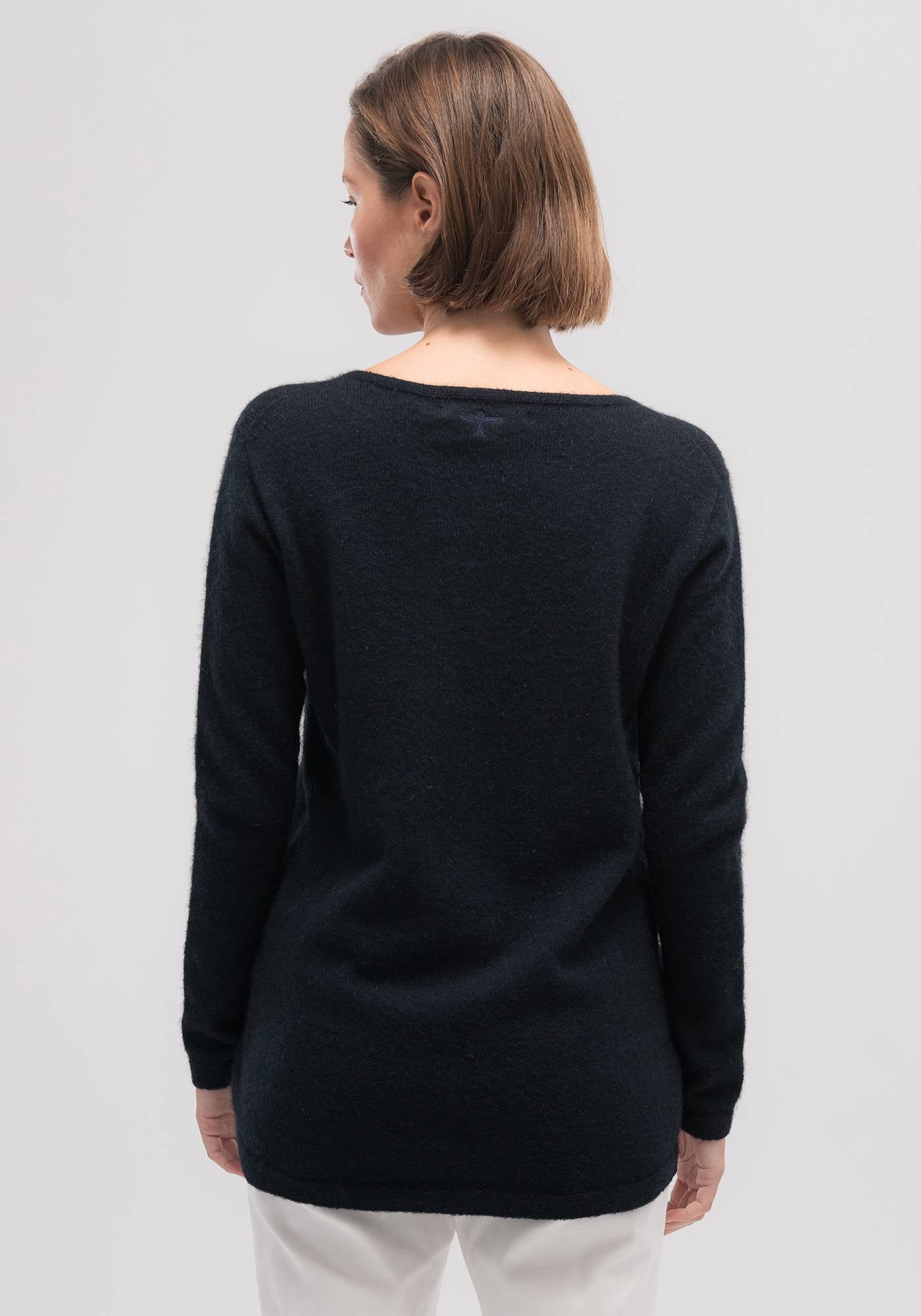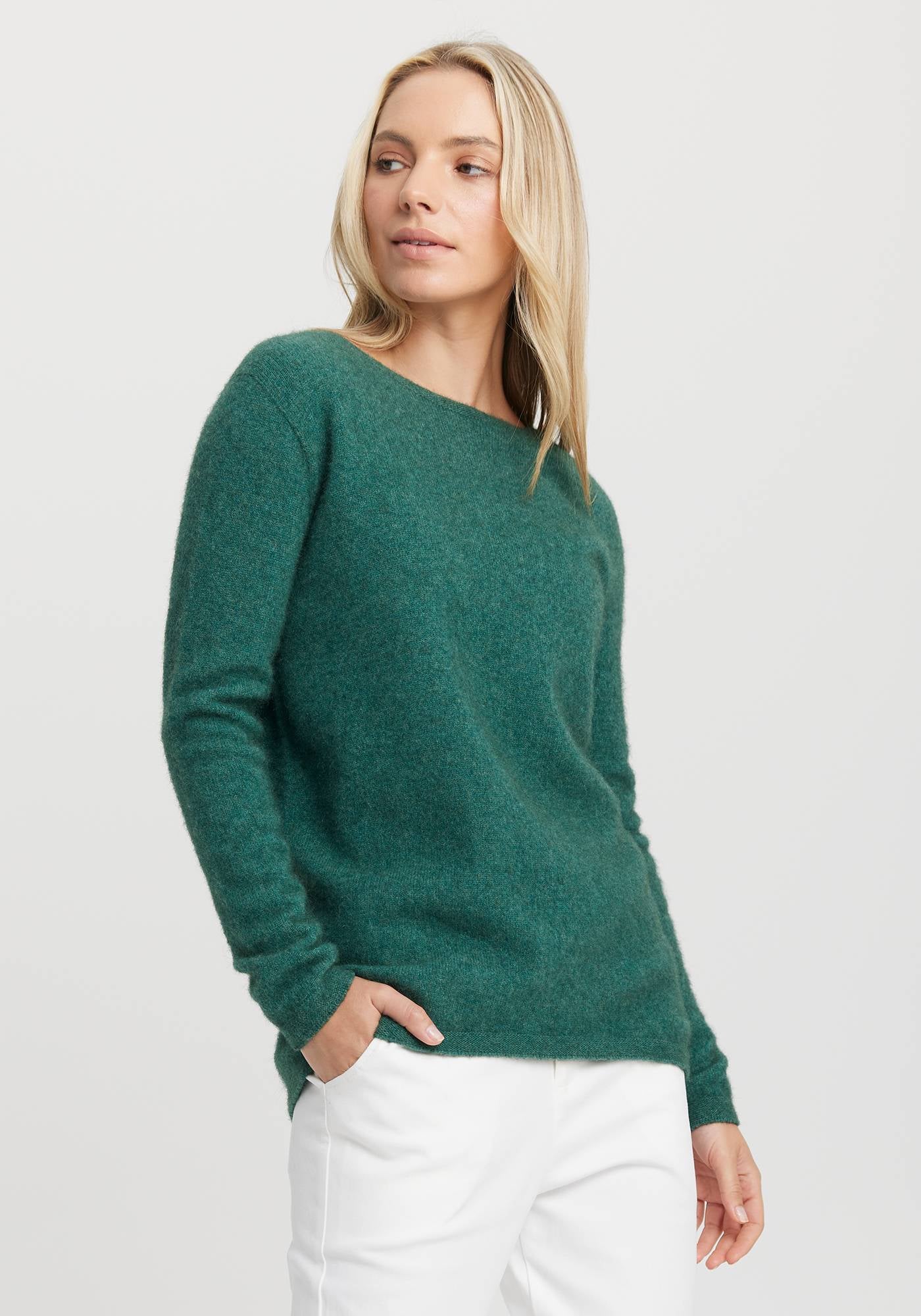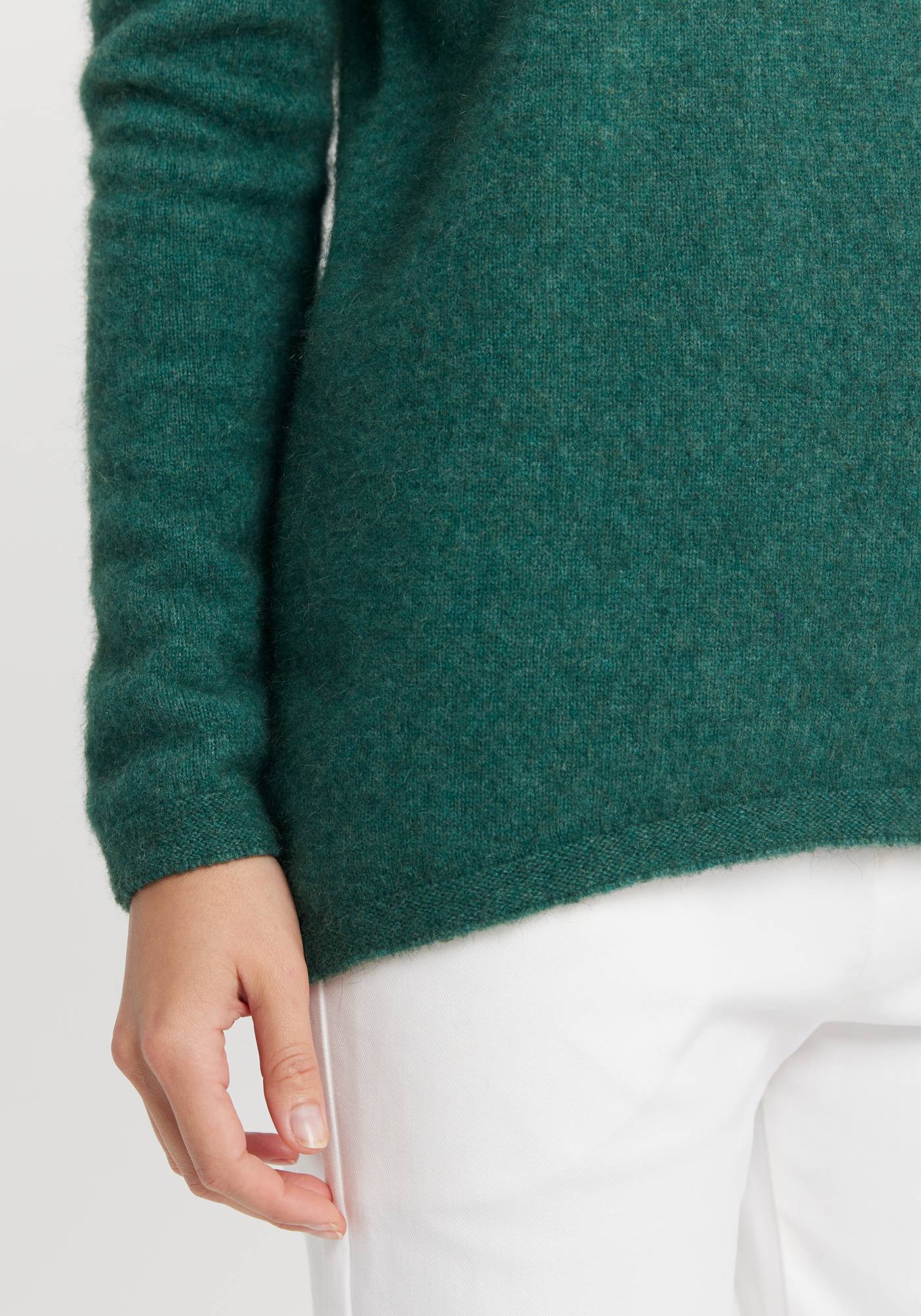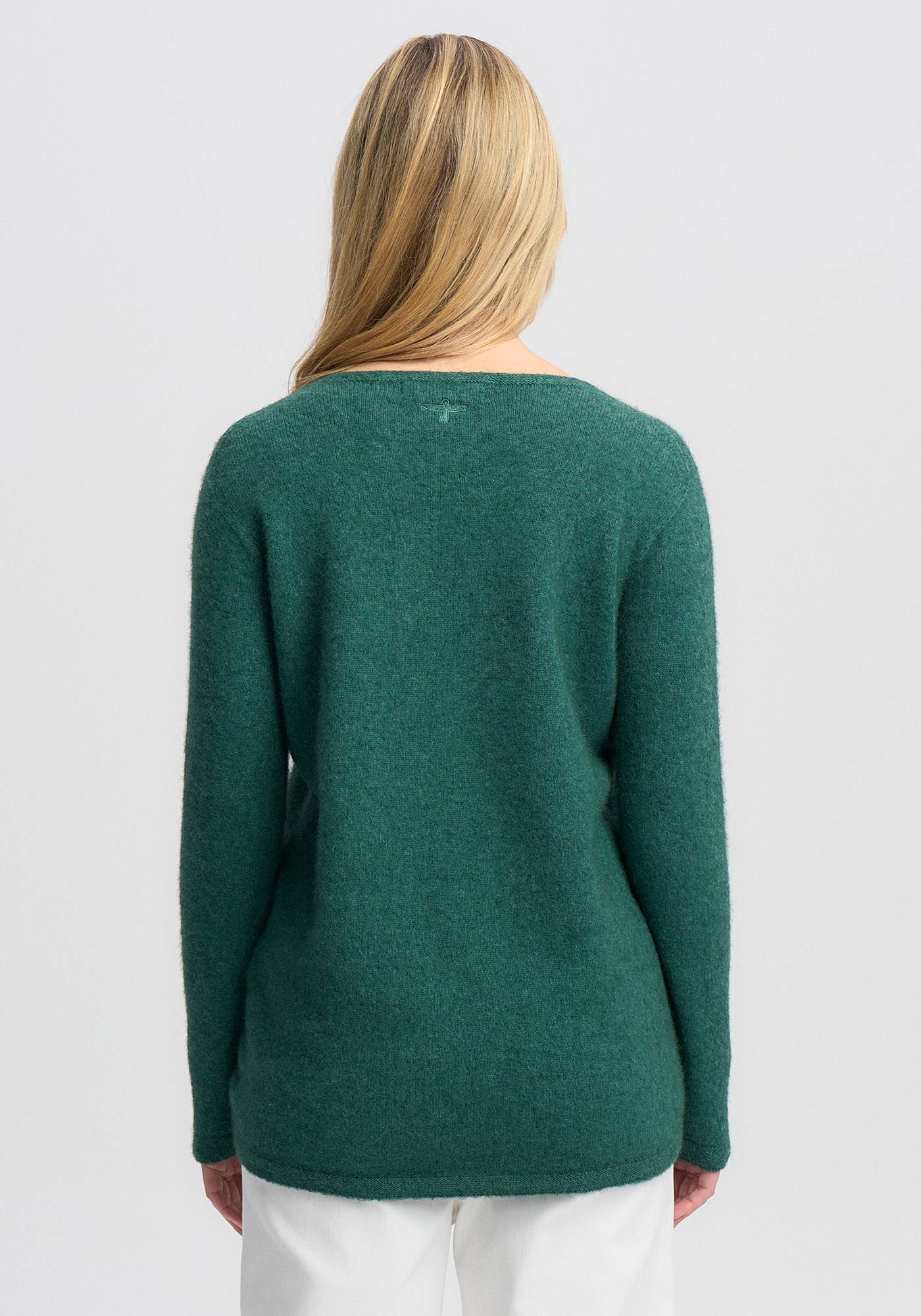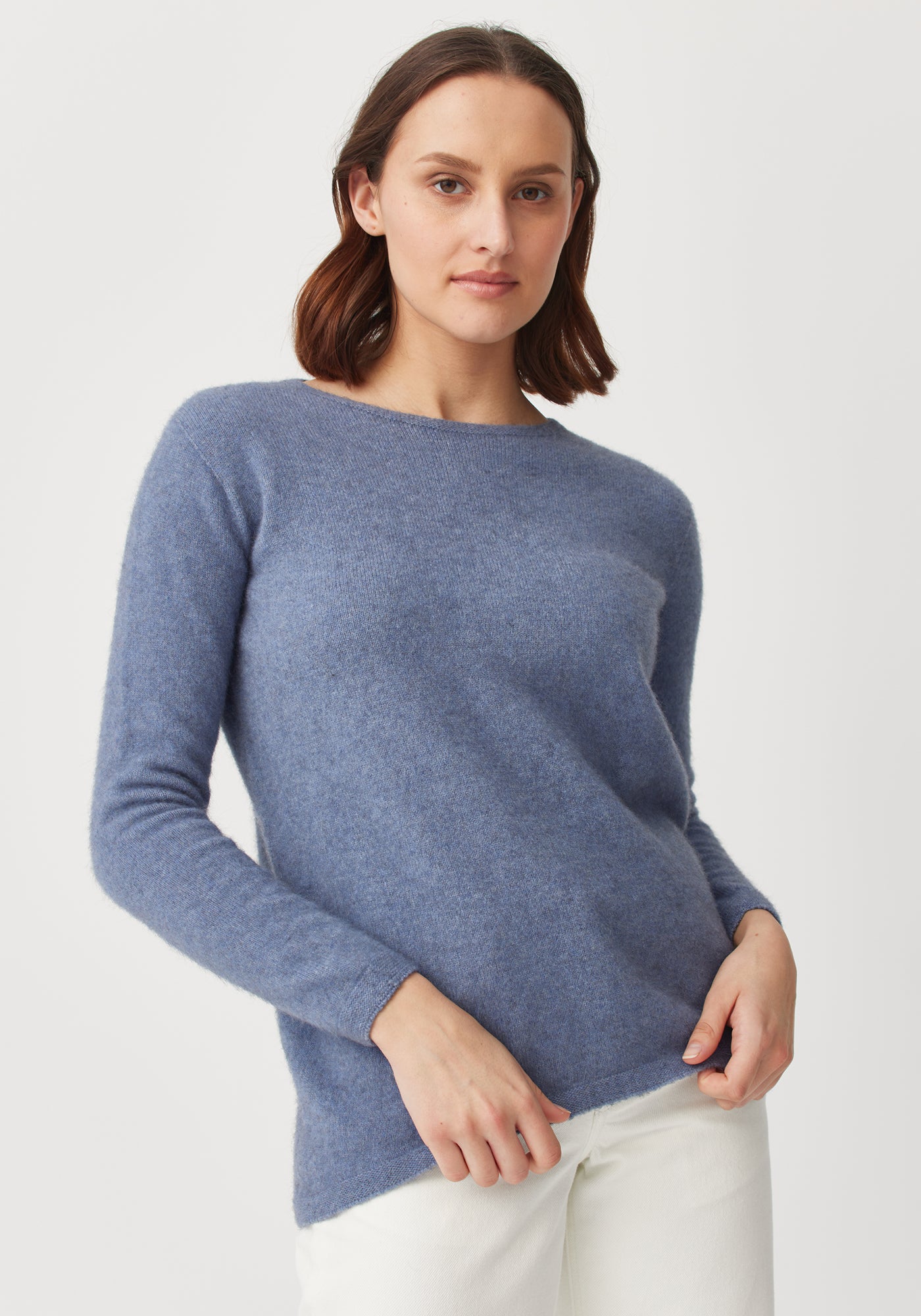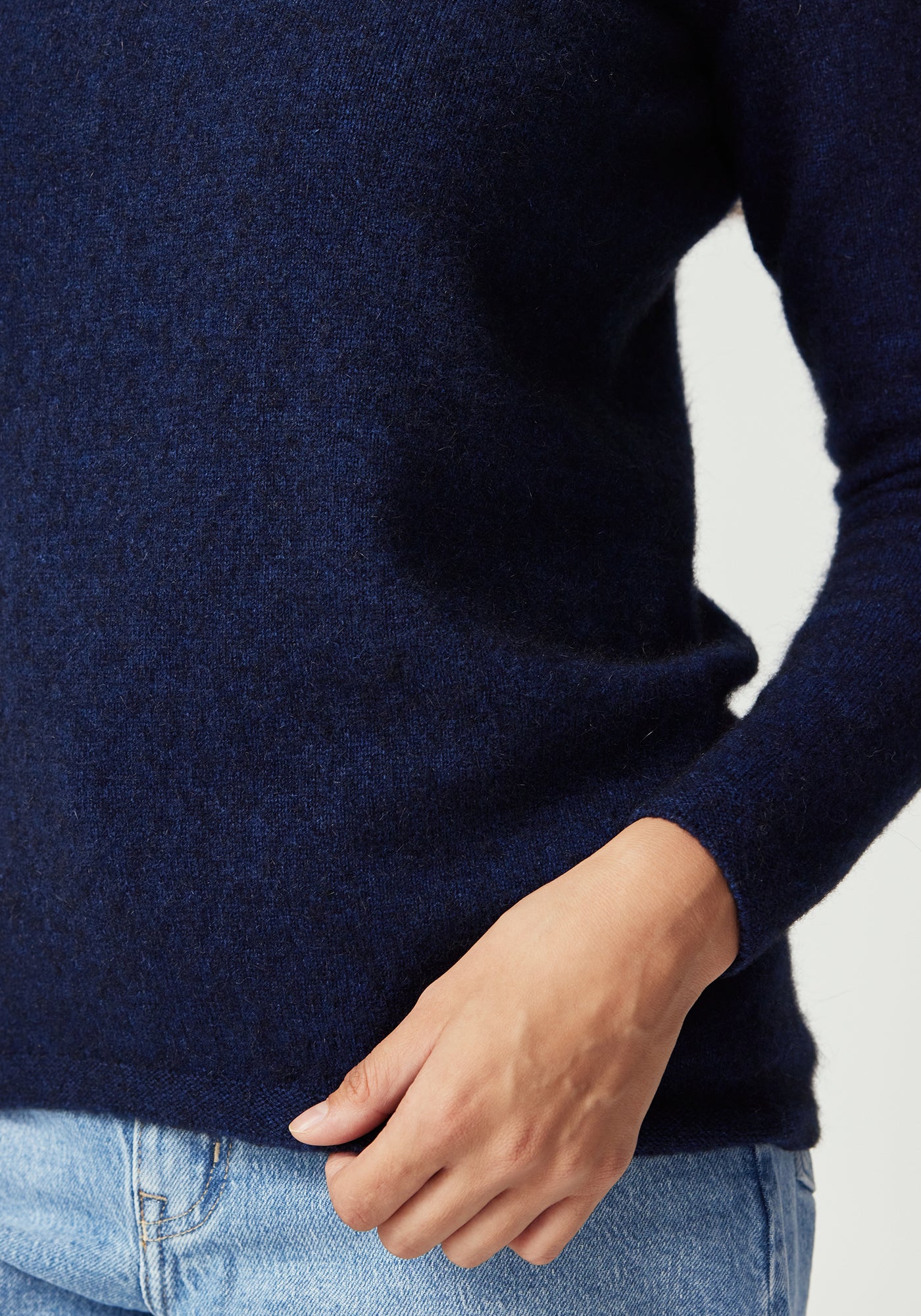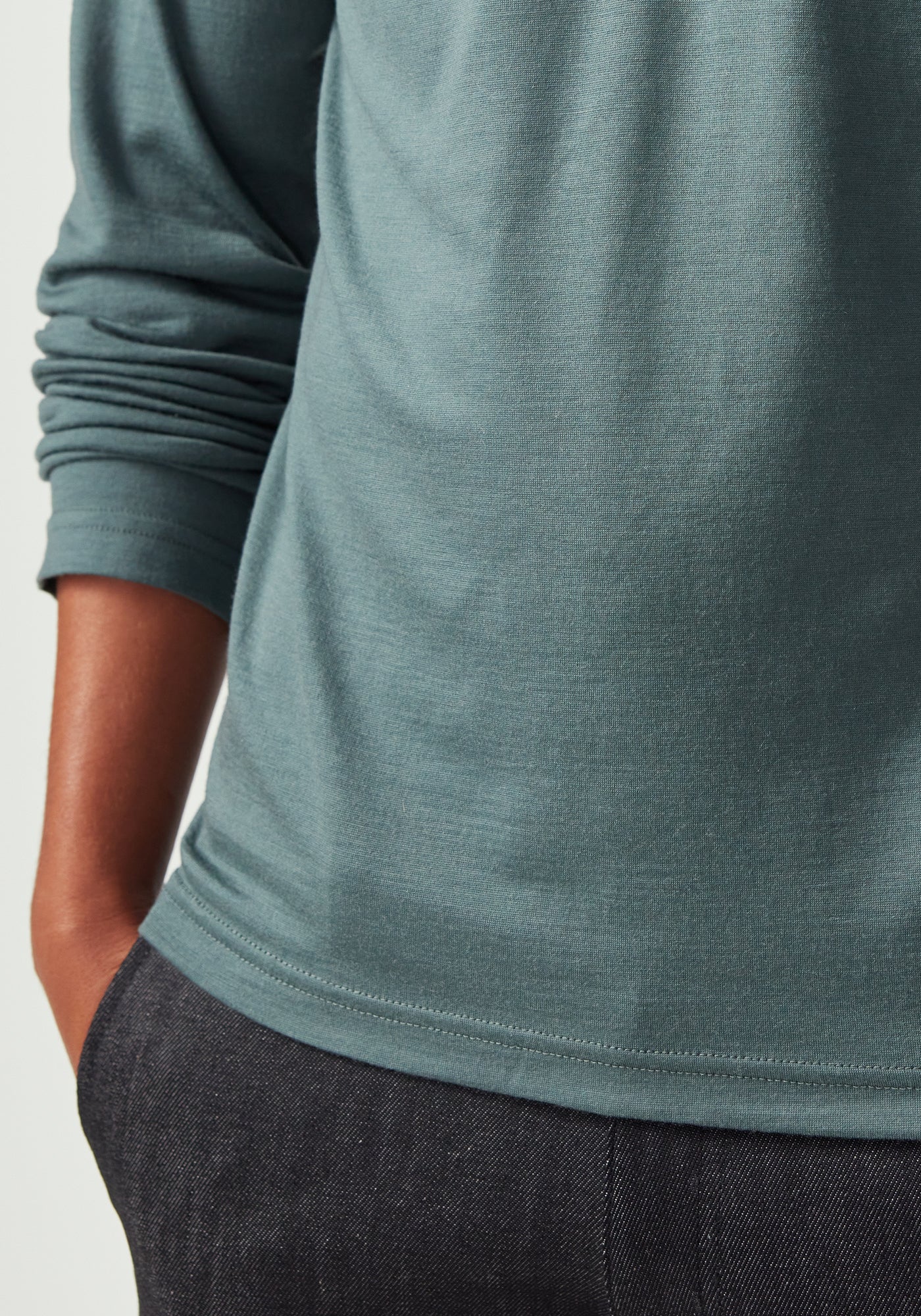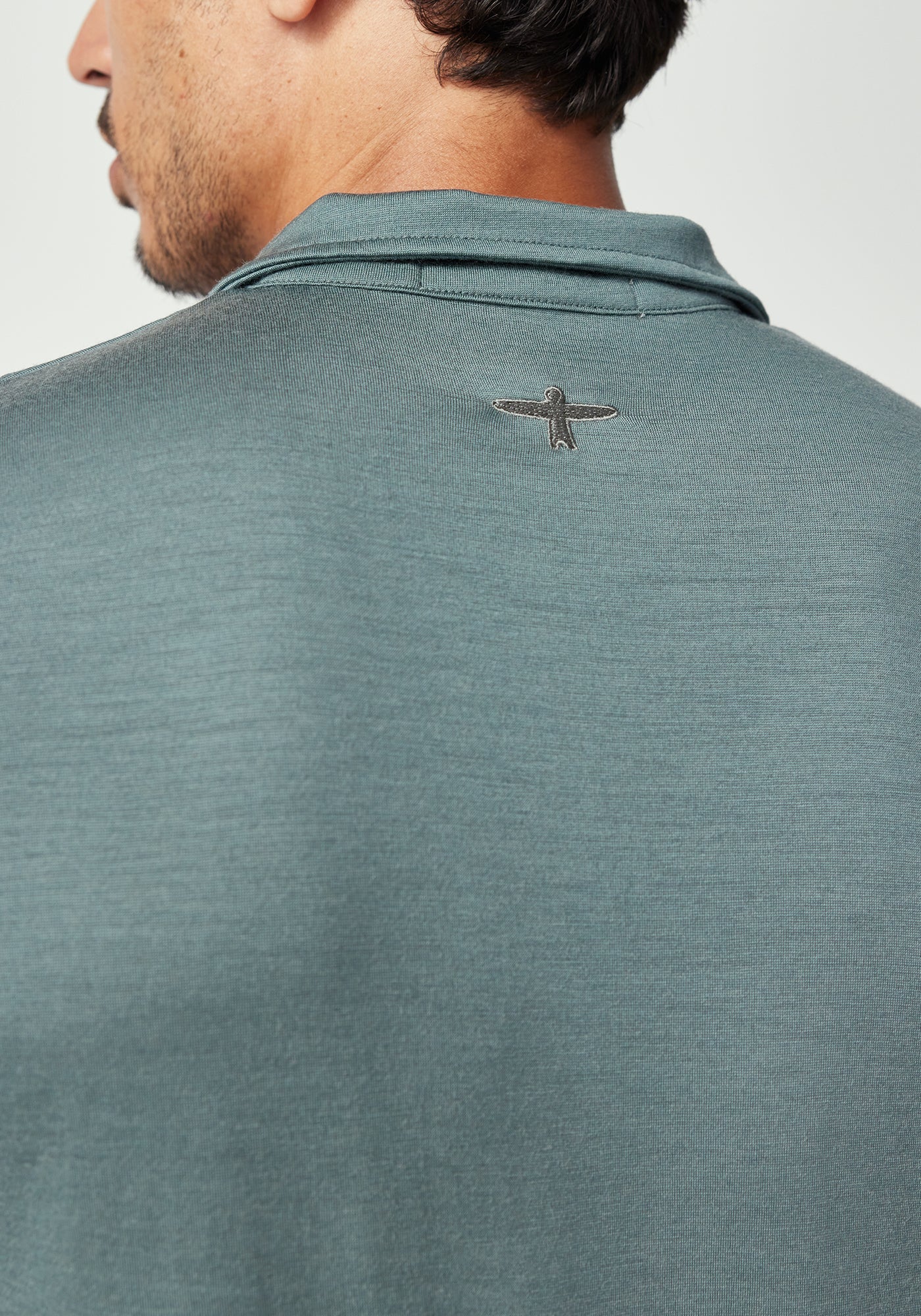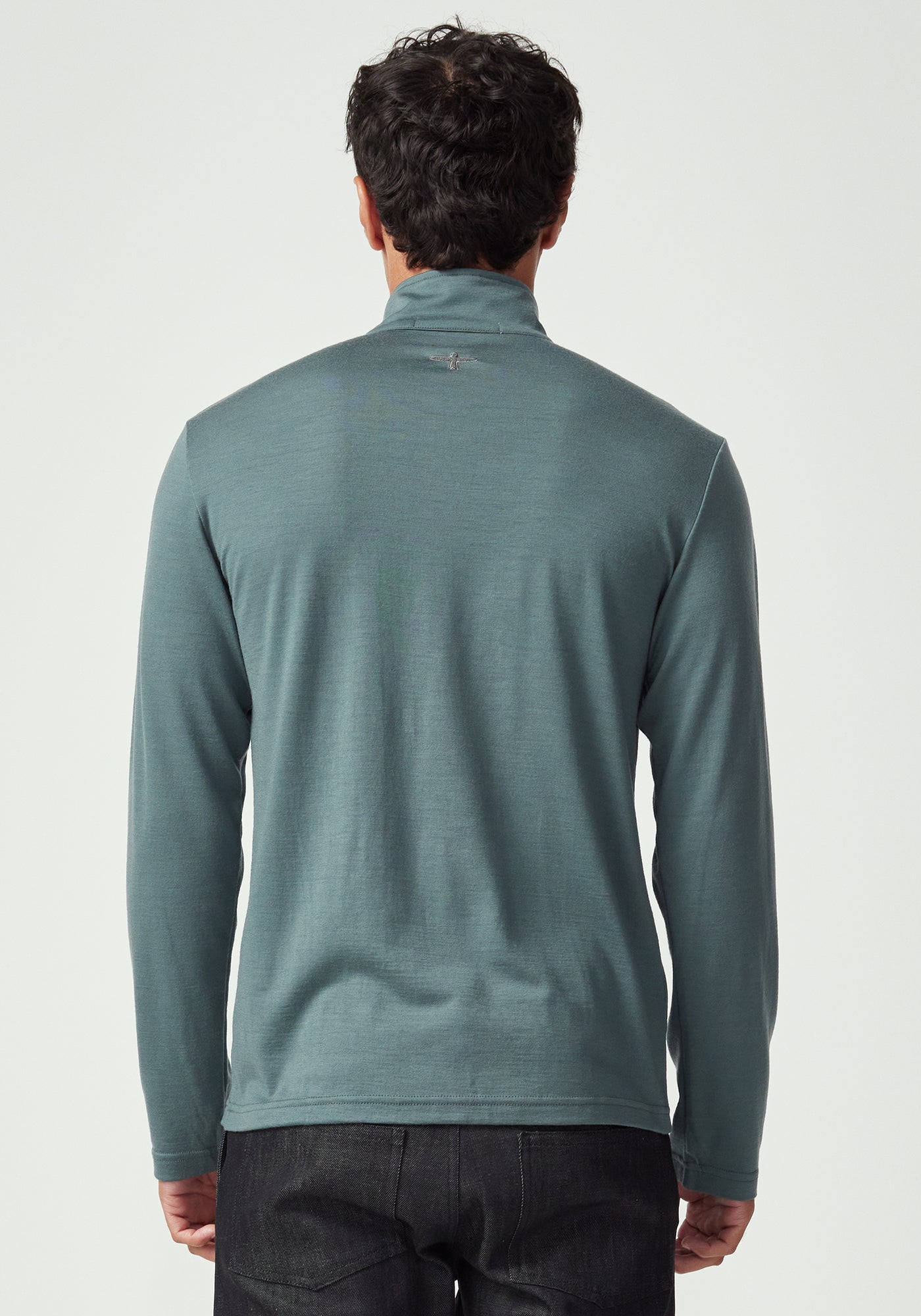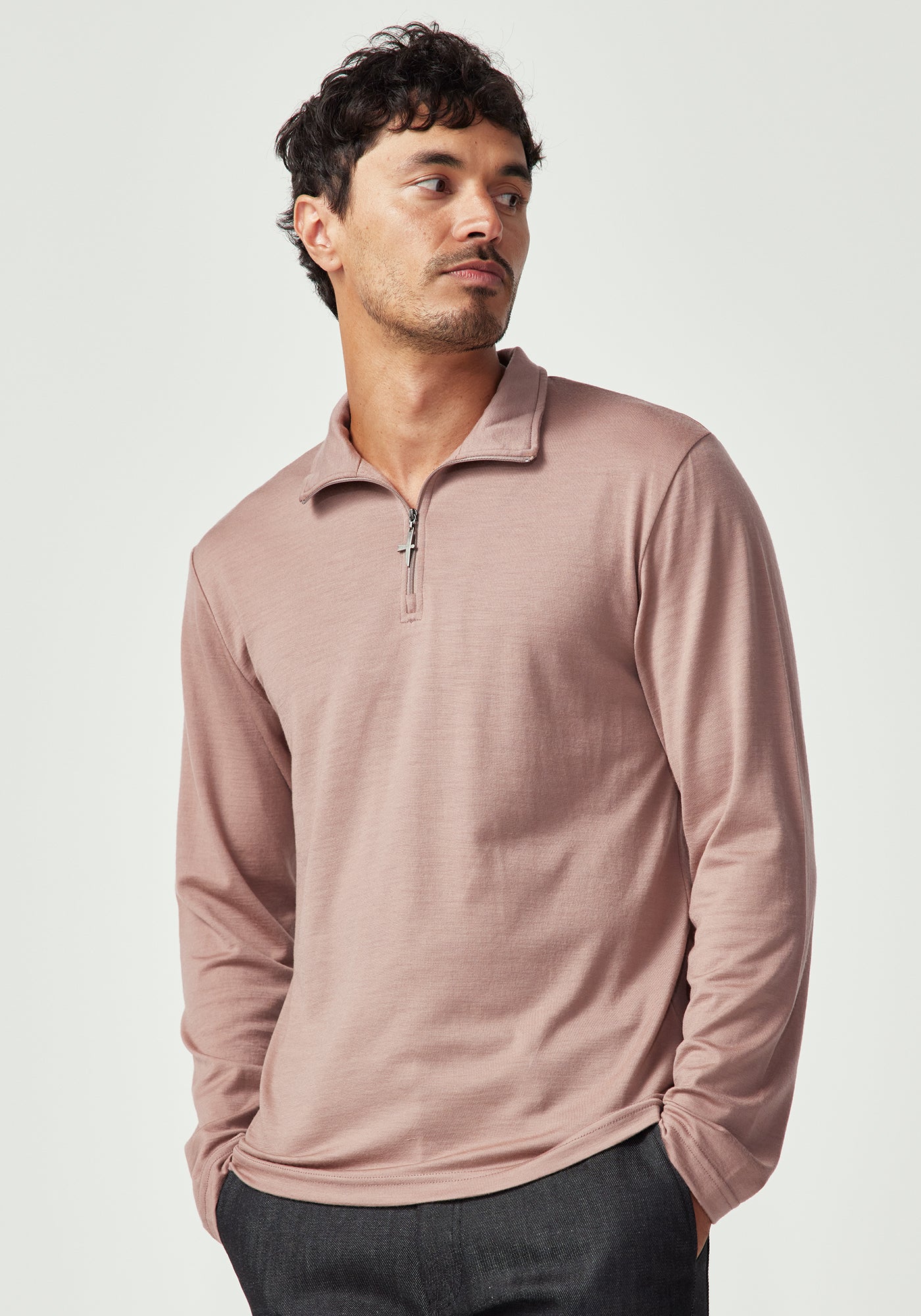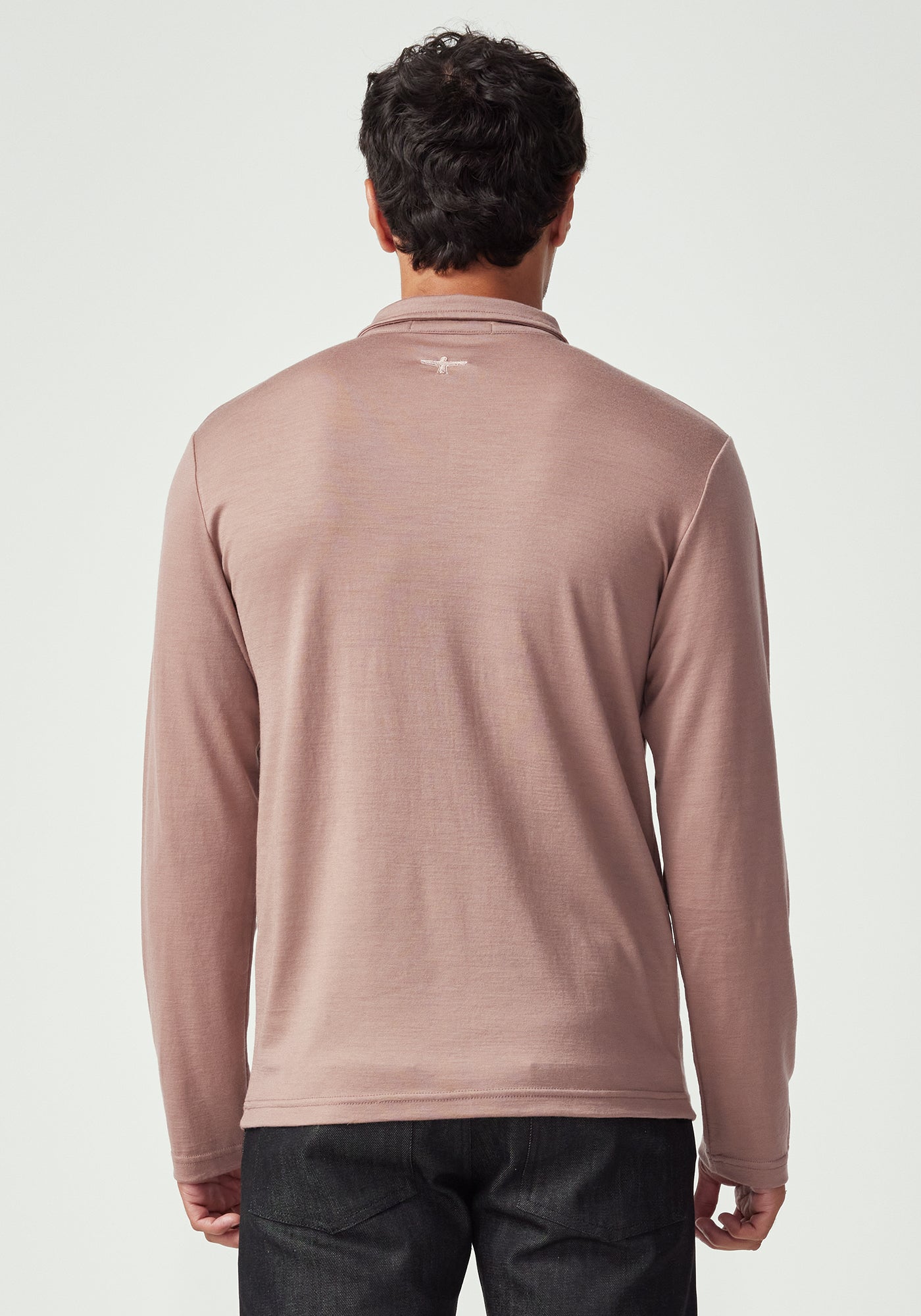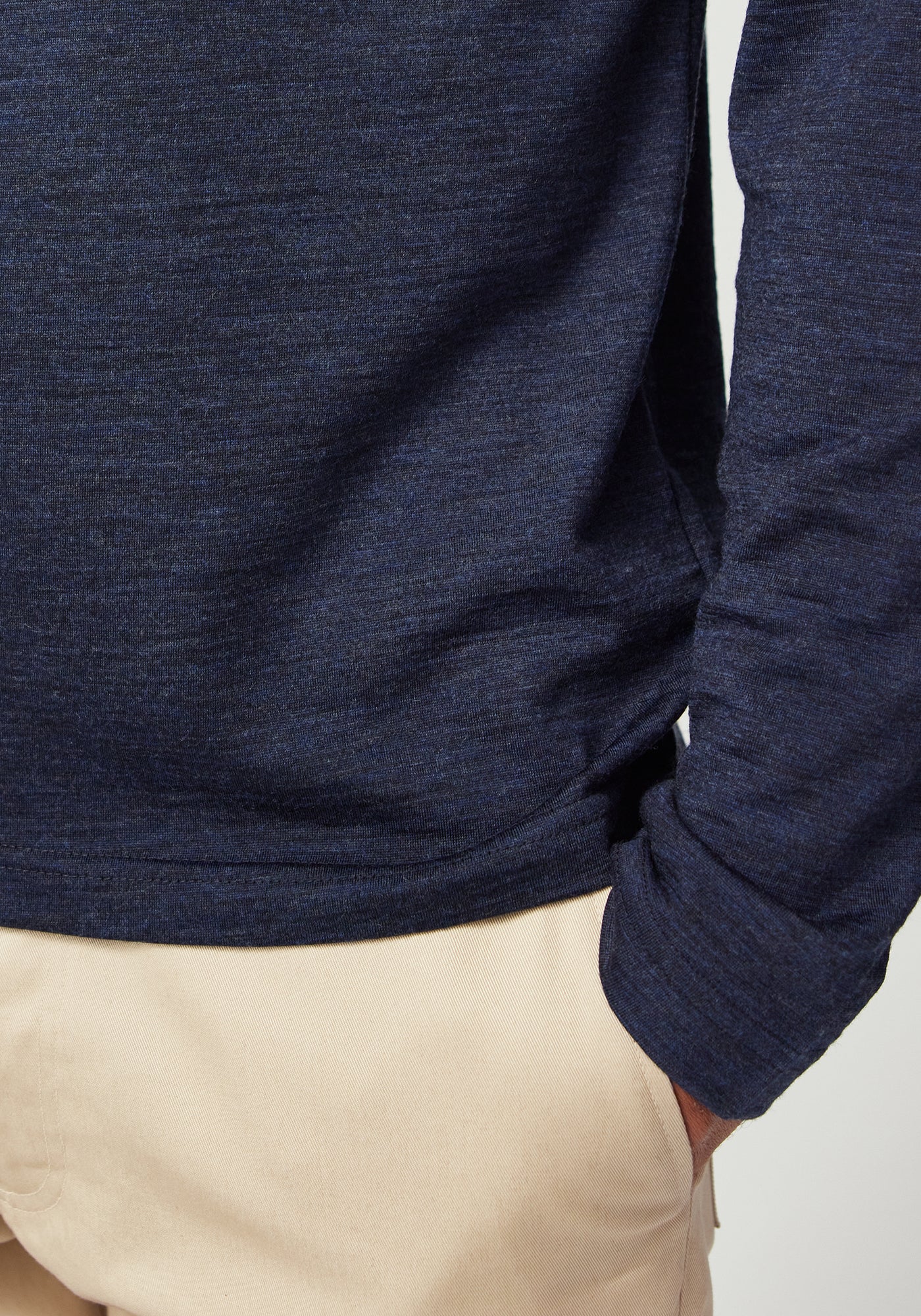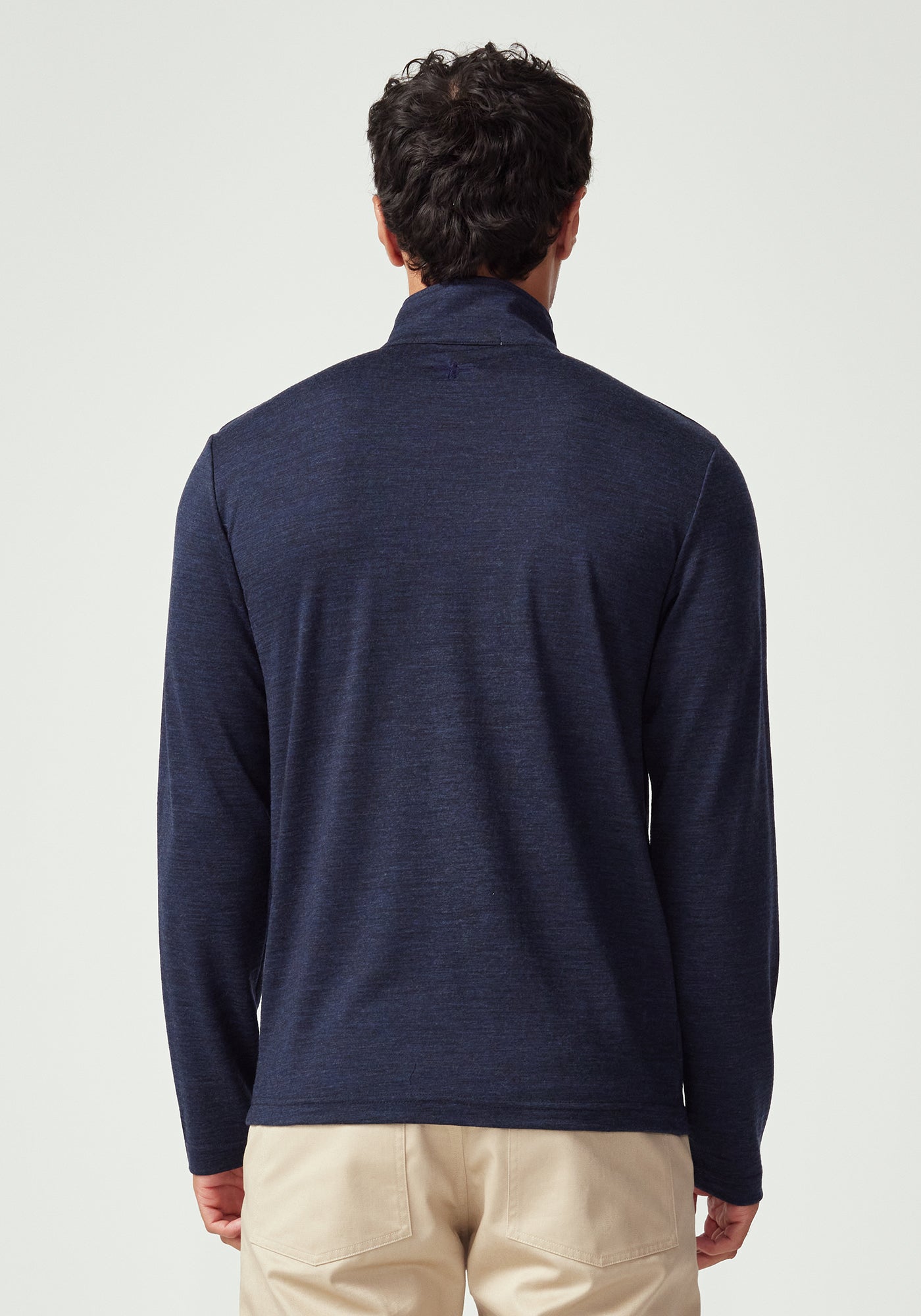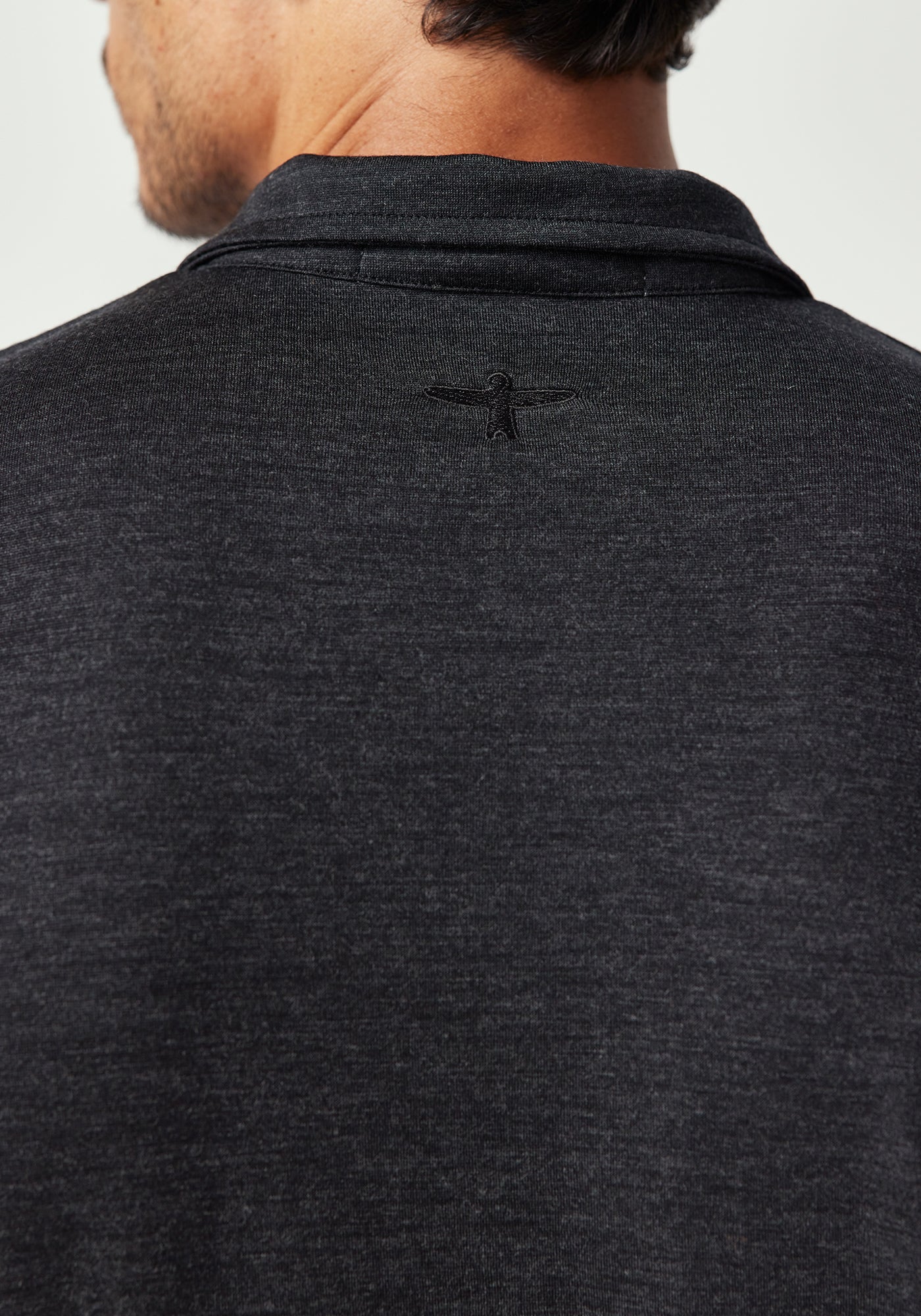90% of our garments are thrown away before they are truly worn out, and as many as 70% of people say that the main reason they get rid of their clothes is because they lose their shape, fade, or start to look old. Investing in higher quality pieces in the first place will hugely reduce the risk of fading and shapelessness because such pieces are designed for longevity rather than to answer to fleeting trends. At Untouched World, our experience of designing clothes to be passed down through generations spans decades, and from the very first sketch we ensure our pieces are never destined for the rubbish pile. But there are extra things you can do to prolong the life of your wardrobe too, and much of it comes down to better garment care.
Swapping piles of laundry for piles of waste
Discarding clothes because they are improperly cared for is causing an environmental disaster. In New Zealand more than 220,000 tonnes of clothes and textiles are thrown out annually. Op shops become overwhelmed with donations and up to 50% of what is donated is sent to Pacific Island nations, Papua New Guinea in particular. But because the clothes haven’t been cared for properly, as much as 30% of what arrives there is poor quality and therefore unsellable, so it ends up in landfill. It’s a story that’s repeated the world over from Ghana and Kenya to Chile. Of course, there are structural issues at hand that brands and governments need to take responsibility for, but individuals can also embrace a more long-term approach to clothing and consumption, and laundry and garment care can play a surprisingly big role.
Washing gone wrong
15% of Kiwis have ruined clothes due to mixing colours and whites, and 24% admit to ignoring care labels and washing all clothes on the same machine setting. Separating colours, checking the label, and using the right settings are all crucial for clothing longevity. An 85 minute, 40°C cycle can cause “significantly greater” colour loss and colour transfer than a quick cold cycle, and many of us have removed a once adult-sized, now-tiny garment from the washer after gambling with a high temperature wash.
Too much detergent or softener can turn whites a murky grey, and tumble drying clothes which should be air dried can lead to shrinkage. Throwing a piece of damp knitwear over a clothes horse to dry can cause it to stretch or become misshapen, as can wringing it out or twisting after washing. But we keep repeating the same laundry mishaps because we tend to operate on autopilot when it comes to garment care. Research shows that over a third of people have never changed their laundry habits since they were taught, but it’s a habit worth refreshing. Spending a few extra minutes reading the label, separating loads, and setting the machine can make a huge difference.
Washing too much
As well as washing on the wrong settings, washing too much can cause damage. Scientific tests showed that after 20 cycles of washing and drying, fabric can lose as much as 50% of its tensile strength, making it twice as easy to tear or make a hole in a garment. And we wash our clothes a lot more than 20 times. The average household washes clothes as often as 3.2 times per week, often at a higher temperature than needed. Instead of doing loads upon loads of laundry every week, we could instead spot clean, air out, or steam our clothes for freshness.
Fibre choice makes a big difference in washing frequency too, as natural fibres are much better at regulating body temperature, repelling odours, and keeping bacteria at bay. Merino has a natural resistance to odour and microbes, which means more wears and fewer washes, while wool garments in general are ‘hygroscopic’, meaning they absorb moisture, keeping the skin drier and discouraging bacteria.
Proper storage is key
Storage is an overlooked element of garment care but it’s just as important, especially for knitwear. Folding rather than hanging knits, especially heavy pieces, will prevent stretching while the storing in the right conditions will prevent dreaded moths. To avoid your favourite sweater being nibbled, make sure your wardrobe is well ventilated, dry, and clean. Make use of natural repellents such as cedar and lavender and if you’ve had problems with moths in the past, consider storing your knitwear in airtight containers.
Better for clothes, better for the environment
Improving garment care is not only better for our clothes but better for the planet too. Around 25% of the carbon footprint of a garment comes from the way we care for it, while extending the life of a garment for just nine months can reduce carbon, water and waste footprints by around 4-10% each. Skipping the washing and airing out instead can save up to 50 litres of water, air drying rather than tumble drying can save 36kg of carbon, and lowering temperatures and switching from powder detergent to liquid could save the equivalent of 50kg of carbon per appliance per year. The figures all add up. Between 2012 and 2017, a reduction in tumble drying, ironing, and washing temperatures reduced the clothing footprint of the UK by 700,000 tonnes, equivalent to taking over a million flights from London to New York.
You’ll find garment care guidelines on all our product pages, and our care labels too. Untouched World garments are designed to be cherished and passed down through generations, so consider yourself a caretaker and take those few extra moments to wash and care for each piece.
How to become a clothing caretaker:
- Always check the label. Never gamble with laundry settings. Taking just a few seconds to look at the label could add years to the life of your garments.
- Separate colours and fabrics. While it’s tempting to chuck everything into one load, separating your laundry can help prevent fading, shrinkage, colour runs, and pilling.
- Come and see us for repairs. Pop into our store on the first Monday of every month to have your Untouched World pieces repaired with care.
Stats & Facts
- 25% of the carbon footprint of a garment comes from the way we care for it. Source
- 70% of people get rid of clothes due to fading and shrinkage. Source
- 90% of clothes are thrown away before they are truly worn out. Source
- New Zealanders throw out more than 220,000 tonnes of clothes and textiles every year. Source
- 24% of Kiwis ignore the care label on clothing. Source

















